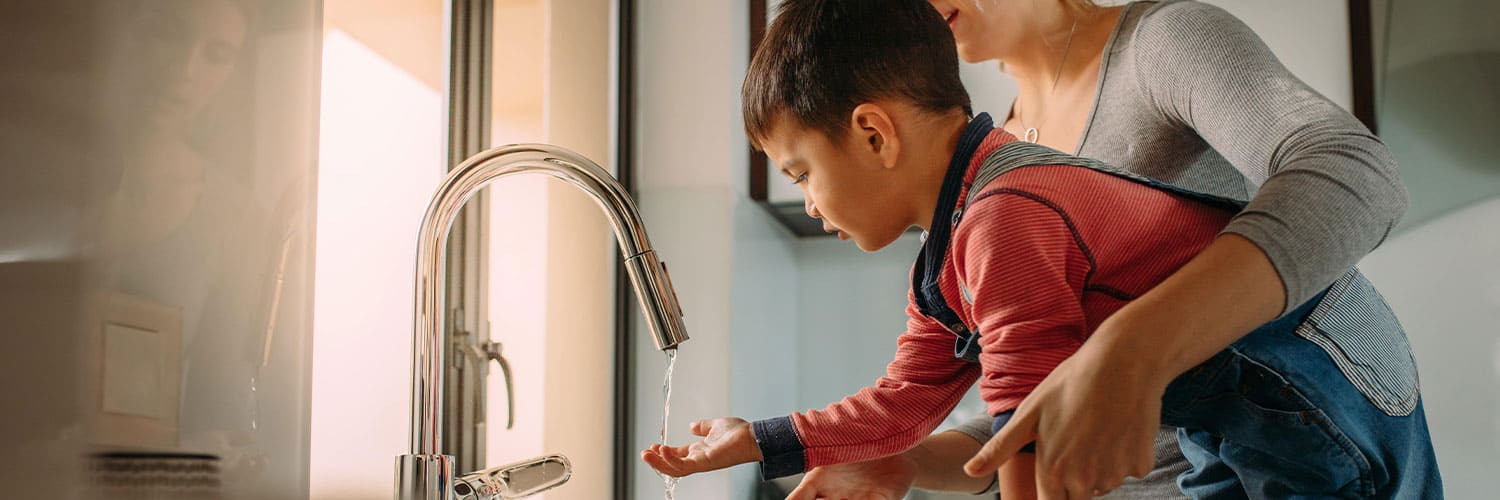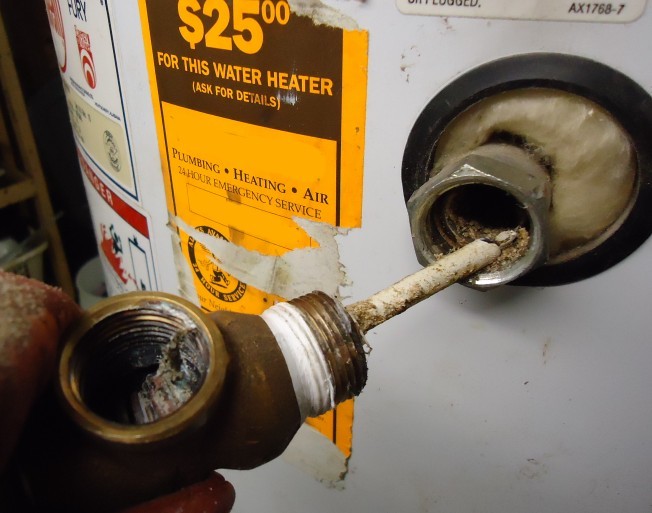Every person may have their unique perception involving Water Heater Maintenance Tips You Can't Afford to Forget.

Warm water is vital for everyday comfort, whether it's for a refreshing shower or cleaning dishes. To guarantee your warm water system runs effectively and lasts longer, routine maintenance is key. This post offers practical pointers and insights on how to keep your home's warm water system to stay clear of interruptions and costly fixings.
Intro
Preserving your home's warm water system could seem complicated, but with a couple of easy actions, you can guarantee it operates efficiently for many years ahead. This overview covers whatever from understanding your warm water system to DIY upkeep ideas and knowing when to call professional assistance.
Relevance of Preserving Your Warm Water System
Routine upkeep not only extends the life-span of your warm water system however also ensures it operates effectively. Disregarding upkeep can result in reduced performance, higher energy expenses, and also premature failure of the system.
Indicators Your Hot Water System Requirements Upkeep
Knowing when your hot water system requires focus can prevent major concerns. Look out for signs such as irregular water temperature level, weird noises from the heater, or rustic water.
Comprehending Your Warm Water System
Prior to diving into maintenance tasks, it's practical to recognize the basic elements of your warm water system. Commonly, this includes the water heater itself, pipes, anode poles, and temperature level controls.
Month-to-month Upkeep Tasks
Regular regular monthly checks can assist capture small concerns prior to they escalate.
Flushing the Water Heater
Flushing your hot water heater eliminates debris build-up, boosting efficiency and prolonging its life.
Checking and Replacing Anode Rods
Anode rods stop rust inside the container. Checking and changing them when worn out is important.
Evaluating and Readjusting Temperature Settings
Changing the temperature level setups makes certain optimum efficiency and safety.
DIY Tips for Maintenance
You can do numerous upkeep jobs yourself to maintain your warm water system in top condition.
Checking for Leaks
On a regular basis check pipelines and links for leaks, as these can cause water damage and higher expenses.
Checking Stress Alleviation Valves
Examining the stress relief valve ensures it functions correctly and avoids extreme pressure accumulation.
Insulating Pipes
Insulating hot water pipes reduces heat loss and can save energy.
When to Call a Professional
While DIY maintenance is advantageous, some concerns call for specialist competence.
Complicated Problems Needing Expert Assistance
Examples include major leaks, electrical problems, or if your hot water heater is continually underperforming.
Regular Expert Maintenance Advantages
Professional maintenance can consist of detailed assessments, tune-ups, and making sure compliance with safety standards.
Conclusion
Normal upkeep of your home's hot water system is important for performance, long life, and expense savings. By following these pointers and recognizing when to seek professional assistance, you can guarantee a trusted supply of hot water without unexpected disturbances.
How to Maintain an Instant Hot Water Heater
Before tinkering with your hot water heater, make sure that it’s not powered on. You also have to turn off the main circuit breaker and shut off the main gas line to prevent accidents. Also turn off the water valves connected to your unit to prevent water from flowing into and out of the appliance. 2. When you’re done, you have to detach the purge valves’ caps. These look like the letter “T” and are situated on either side of the water valves. Doing so will release any pressure that has accumulated inside the valves while at the same time avoid hot water from shooting out and burning your skin. 3. When the purge valves’ caps are removed, you have to connect your hosing lines to the valves. Your unit should have come with three hoses but if it didn’t, you can purchase these things from any hardware or home repair shops. You can also get them from retail stores that sell water heating systems. Read the user’s manual and follow it to complete this task properly. When the hosing lines are connected, open the purge port’s valves. 4. You should never use harsh chemical cleaners or solutions when cleaning your unit. Make use of white vinegar instead. It should be undiluted and you’ll probably use about 2 gallons. 5. Now flush your water heater. This task should probably take about 40 minutes. We can’t give you specific directions for this because the procedure is carried out depending on the type, model and brand of your heater. With that being said, refer to the user’s manual. 6. When you’re done draining the unit, you have to turn off the purge port valves again. Remove the hosing lines that you earlier installed on each of the water valves. Put the valve caps (purge port) back in their respective places and be very careful so as not to damage the rubber discs that are found inside these caps. 7. Now that everything’s back in place, check your user’s manual again to find out how to reactivate your water heating system. 8. Once it is working, turn one of your hot water faucets on just to let air pass through the heater’s water supply pipes. Leave the tap on until water flows smoothly out of it. https://www.orrplumbing.com/blog/2014/september/how-to-maintain-an-instant-hot-water-heater/

As a devoted reader on How to Maintain a Hot Water Heater in a Few Simple Steps, I think sharing that excerpt was worthwhile. Sharing is caring. Helping others is fun. Thanks so much for taking the time to read it.
Visit My Web Page
 Jonathan Taylor Thomas Then & Now!
Jonathan Taylor Thomas Then & Now! Tia Carrere Then & Now!
Tia Carrere Then & Now! Ariana Richards Then & Now!
Ariana Richards Then & Now! Judge Reinhold Then & Now!
Judge Reinhold Then & Now! Bill Murray Then & Now!
Bill Murray Then & Now!